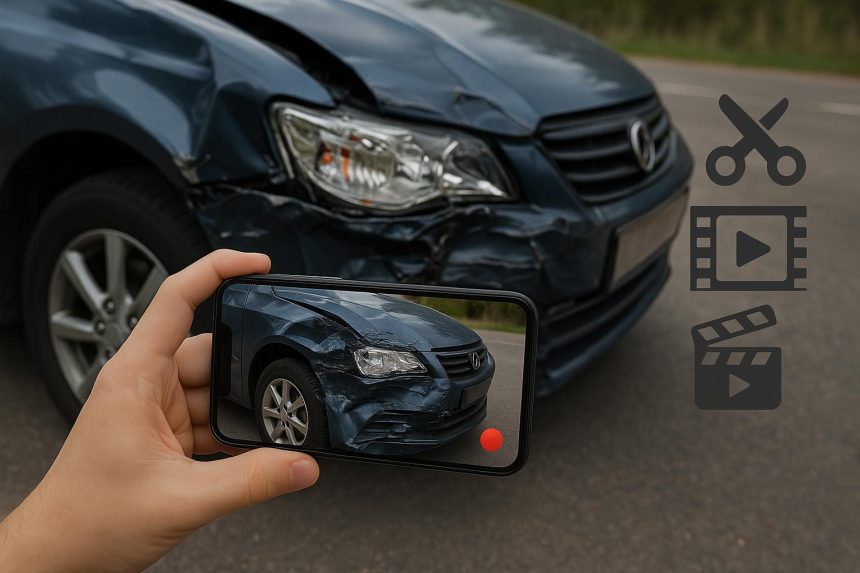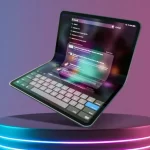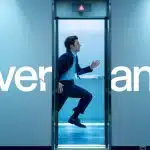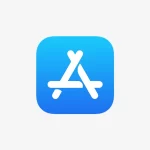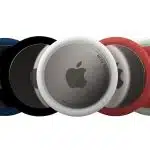Filing an auto insurance claim has never been the most enjoyable experience. Between scheduling adjuster visits, waiting for repair shop estimates, and dealing with paperwork, the process often drags on for weeks. One of the most important steps in this journey is the total loss evaluation the point where the insurer determines whether your car can be repaired or if it’s more economical to declare it a write-off. Traditionally, this required an in-person inspection. But thanks to smartphones, video conferencing, and other digital tools, virtual inspections are transforming how total loss claims are handled.
What once demanded multiple appointments and long delays can now, in many cases, be managed from the palm of your hand. This shift is not only saving insurers time and money, but it’s also giving drivers a more efficient and transparent experience.
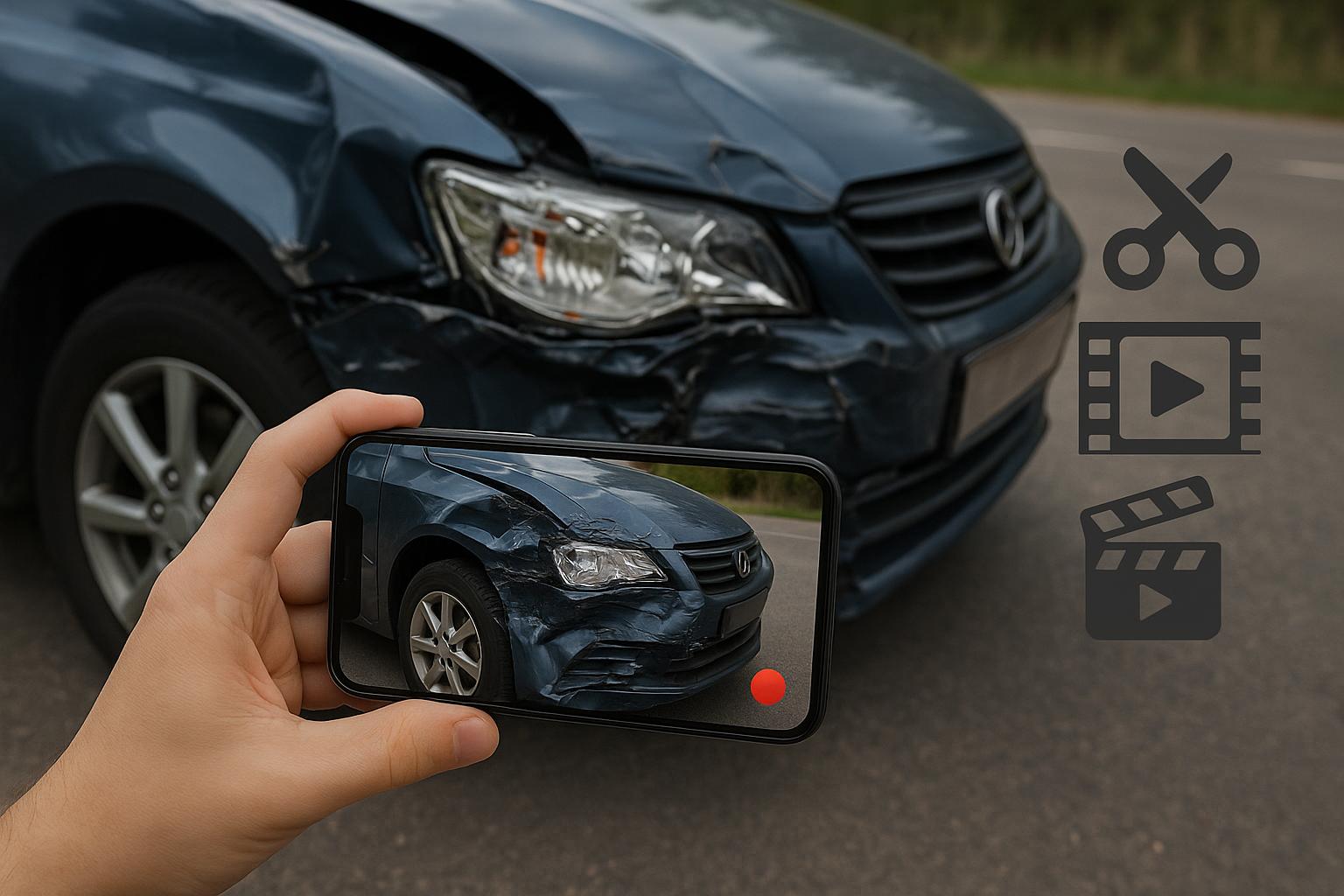
The Rise of Virtual Inspections
The move toward virtual inspections was accelerated by necessity. During the COVID-19 pandemic, adjusters couldn’t always visit repair shops or customer homes. Insurance companies had to adapt quickly, and mobile-first tools became the obvious solution. Claimants could upload photos or walk through a video call with an adjuster, showing the extent of the damage in real time.
This practice has since stuck around—not just as a temporary workaround, but as a permanent feature in many insurance systems. Now, an insurer’s total loss evaluation may start with a simple request: “Can you send us pictures or hop on a video call?”
How It Works
Virtual inspections typically follow a simple process:
- Initial Claim Submission
After reporting an accident, policyholders receive instructions from their insurer on how to submit digital evidence. This may be done through a dedicated claims app or a secure web portal. - Photo & Video Capture
Drivers use their smartphone camera to take high-resolution pictures or record video footage of the damaged vehicle. Many platforms guide the user with prompts, ensuring all necessary angles and details are captured. - Live Virtual Walkthrough
In some cases, an adjuster schedules a video call and asks the claimant to walk around the car, zoom in on certain areas, and even demonstrate interior damage. - Automated Data Analysis
Increasingly, insurers are using AI-powered systems that can analyze images and provide a preliminary repair cost estimate. While human adjusters still make the final call, automation speeds up the total loss evaluation process. - Decision & Next Steps
Based on the collected evidence and estimated repair costs, the insurer decides whether the car is repairable or if it should be declared a total loss.
Benefits for Drivers
For policyholders, virtual inspections offer several clear advantages:
- Speed: Instead of waiting days for an adjuster to visit, you can upload photos and potentially receive a decision within hours.
- Convenience: Everything can be done from home, eliminating the need to drive a damaged car to a shop just for inspection.
- Transparency: With digital records, claimants can more easily review and keep track of what was submitted.
- Reduced Stress: The quicker a total loss evaluation is completed, the sooner drivers can begin shopping for a replacement vehicle or arranging repairs.
Benefits for Insurers
From the insurer’s perspective, virtual inspections streamline operations:
- Lower Costs: Fewer in-person visits mean lower travel and staffing expenses.
- Faster Claim Settlements: Quicker evaluations reduce backlog and improve customer satisfaction.
- Improved Accuracy: With AI-enhanced image recognition, insurers can detect damage that human eyes might overlook.
- Scalability: Companies can handle more claims simultaneously without overburdening adjusters.
This efficiency doesn’t just help insurers—it ultimately benefits drivers, since faster claims processing translates into less waiting for payouts or repair authorizations.
The Role of Technology
The success of virtual inspections depends heavily on evolving technology. Smartphones now come equipped with high-quality cameras capable of capturing even minor dents or scratches. Video conferencing tools make real-time walkthroughs seamless. And behind the scenes, AI and machine learning help process massive amounts of visual data.
Some insurance providers are even exploring augmented reality (AR) to enhance total loss evaluation. With AR overlays, claimants could be guided step-by-step in capturing damage photos, ensuring no critical angle is missed.
Additionally, connected vehicles and IoT devices are playing a role. Cars with onboard diagnostics can transmit crash data, such as speed at impact or airbag deployment, which can be combined with visual evidence for a more accurate evaluation.
Challenges and Limitations
Despite the promise, virtual inspections are not without challenges:
- Incomplete Evidence: Poor-quality photos or missed angles can delay the process.
- Tech Barriers: Not all claimants are comfortable using smartphone apps or video tools.
- Complex Damage: Some cases require hands-on inspection, particularly when damage is internal or structural.
- Data Security: Storing and transmitting photos and videos raises privacy concerns that insurers must address.
These issues mean that while virtual inspections are becoming more common, they won’t completely replace in-person evaluations. Instead, they serve as a complementary tool, with insurers deciding case by case whether a remote process is sufficient.
The Future of Total Loss Claims
Looking ahead, virtual inspections will likely become even more sophisticated. Insurers may integrate advanced imaging, real-time AI assessments, and even drone-based inspections for hard-to-reach vehicles. The end goal is the same: to make total loss evaluation quicker, more accurate, and more customer-friendly.
For drivers, this means less downtime after an accident and greater confidence in the claims process. For insurers, it means improved efficiency and reduced costs. And for the industry as a whole, it marks another step toward digitization and automation.
Final Thoughts
Technology has reshaped almost every aspect of daily life, and insurance claims are no exception. What used to take weeks can now be completed in days—or even hours—thanks to virtual inspections powered by smartphones, video conferencing, and AI tools. While not perfect, this approach has clear benefits for both insurers and policyholders.
As telematics, IoT, and digital platforms continue to evolve, the process of total loss evaluation will only become more streamlined. Whether you’re a driver navigating a post-accident claim or an insurer looking to optimize operations, the future of virtual inspections promises faster, fairer, and more efficient outcomes for all.
